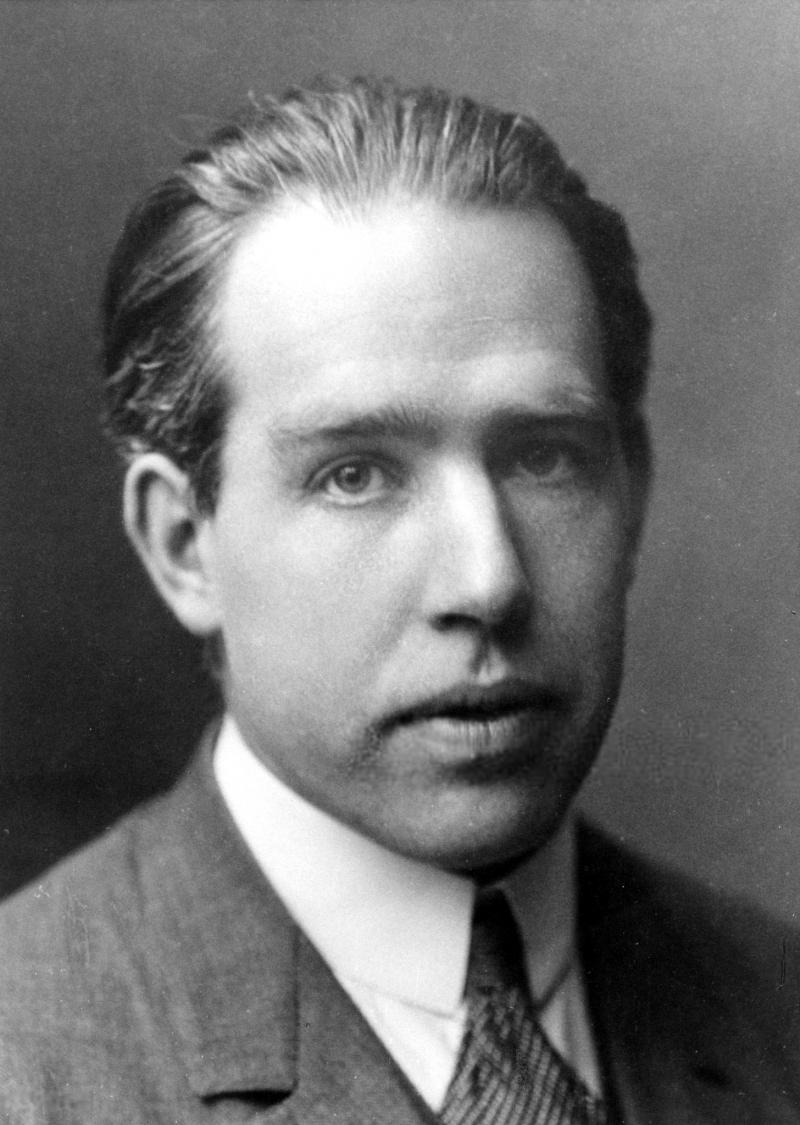
Niels Bohr was a Danish physicist who made significant contributions to the field of atomic and quantum physics. He is best known for his model of the atom, which revolutionized our understanding of the structure of matter. Born in 1885 in Copenhagen, Bohr came from a family of academics and showed an early aptitude for science. He studied at the University of Copenhagen and later at Cambridge University, where he worked with renowned physicist Ernest Rutherford.
Bohr's most famous contribution to science was his atomic model, which he developed in 1913. This model proposed that electrons orbit the nucleus in fixed energy levels, or shells, and can jump between these levels by absorbing or emitting energy. This theory helped explain the spectral lines observed in atoms and laid the foundation for further research into quantum mechanics.
In addition to his work on atomic structure, Bohr also made significant contributions to nuclear physics and played a key role in the development of nuclear weapons during World War II. He was a strong advocate for international cooperation in scientific research and helped establish several institutions, including CERN (European Organization for Nuclear Research).
Bohr's work earned him numerous accolades, including the Nobel Prize in Physics in 1922. He continued to make important contributions to science throughout his career.

